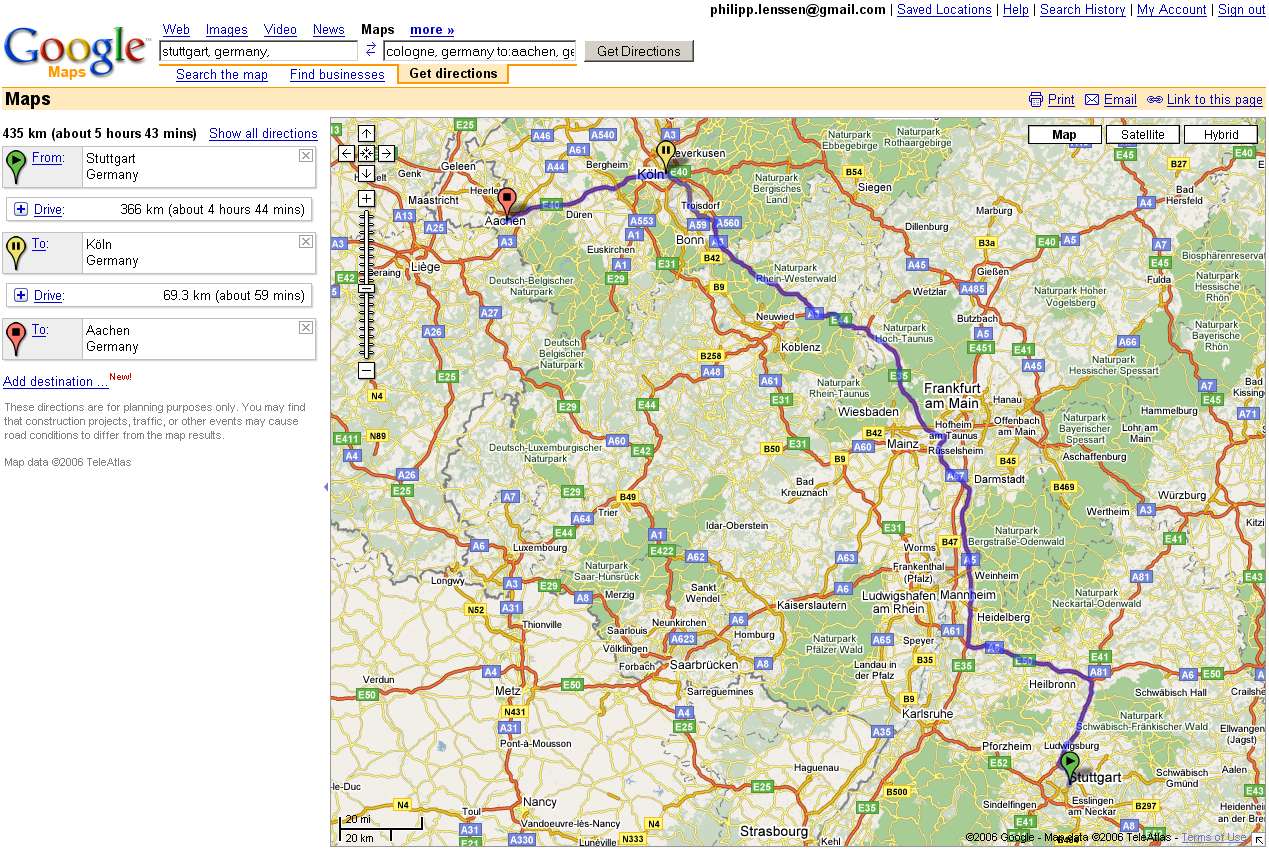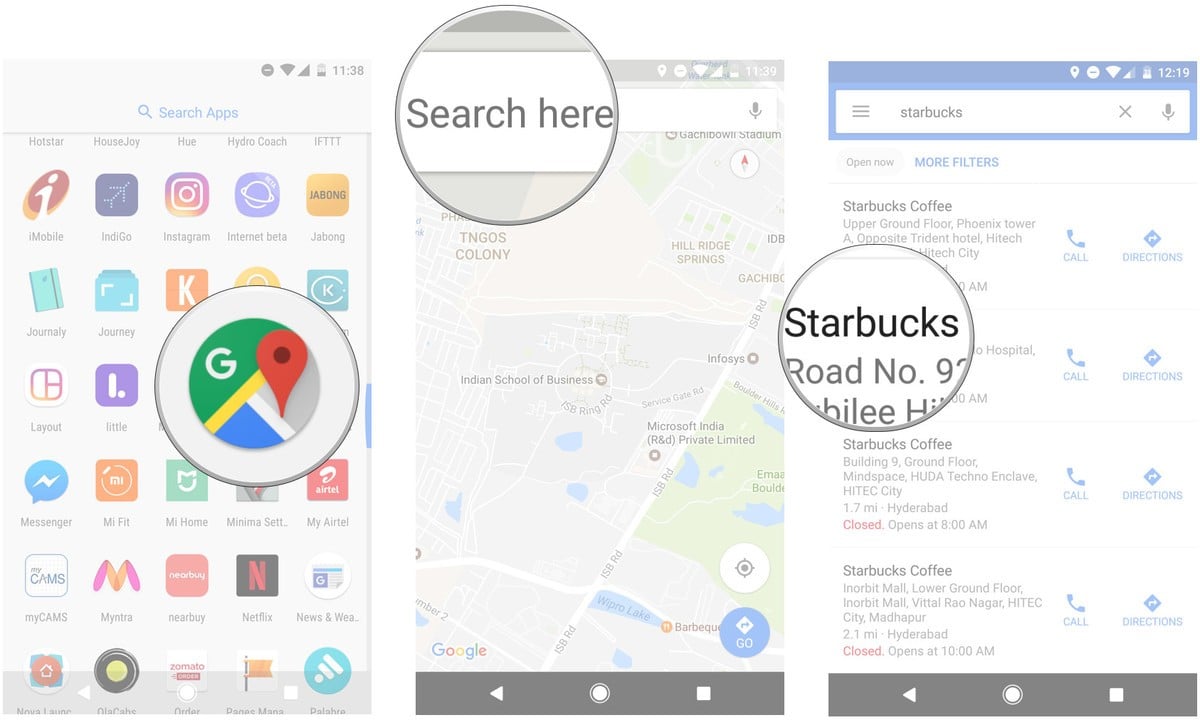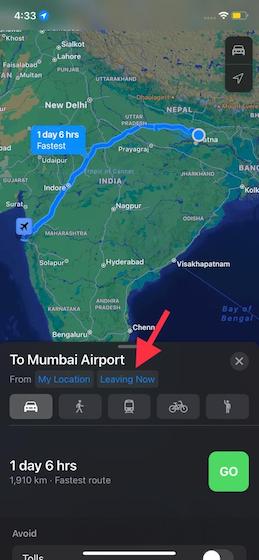


Google says it only uses your location to help boost its local recommendations, and that you’re the only one who can view your location history. Location History is a setting that lets Google track and save the location of your various Google-connected devices, including your Android phone. The Your Timeline feature in Google Maps does a great job of keeping track of where you’ve been and what you’ve seen. Keep a diary of where you’ve been ĭon’t want memories of your weekend jaunt to slip away? Google Maps has a nifty feature that’ll help you remember where you went and what you saw, but you’ll have to enable an eyebrow-raising privacy setting first.

See a restaurant you like? Tap Read more for photos, menus, hours, and a chart that shows the place’s busiest hours. The tabs along the top let you specify a meal (breakfast, lunch, dinner, and so on), and if you scroll through the various categories, you’ll find a “Where the locals eat” option. Open Google Maps, zoom in on an area, tap the main menu button in the top-left corner of the screen, then tap Explore to start browsing nearby restaurants, cafés, and watering holes. Hate tourist traps? Google Maps can steer you toward restaurants that the locals frequent. Once you’ve downloaded a map, you’ll be able to navigate and search the area even when you’re out of cell phone range, although details on local haunts will be limited until you go back online. Next, tap the Download button (it should be near the middle of the screen, next to the Save and Share buttons), then drag the selection square to cover the area you want to download-and of course, the bigger the area, the more storage you’ll need on your Android or iOS device. The first step: Search Google Maps for the place you’re going (such as, say, “New Paltz NY,” then tap the location label at the bottom of the screen.

You can save an area map in Google Maps for offline use, good for navigating when there’s no cellular service. If you want to keep Google Maps up and running even when your cellular connection gets iffy, try downloading local map data to your phone for offline use. Whether you’re taking the scenic route to your destination or a hike in the hills outside of town, there’s a good chance your holiday excursion could take you well outside your carrier’s LTE coverage area. Before hitting the road, though, take a close look at the route to make sure Google Maps isn’t sending you anywhere too remote, like a one-lane dirt road. Once that’s done, Google Maps will reroute you to a longer but (hopefully) more scenic way to wherever you’re going.


 0 kommentar(er)
0 kommentar(er)
